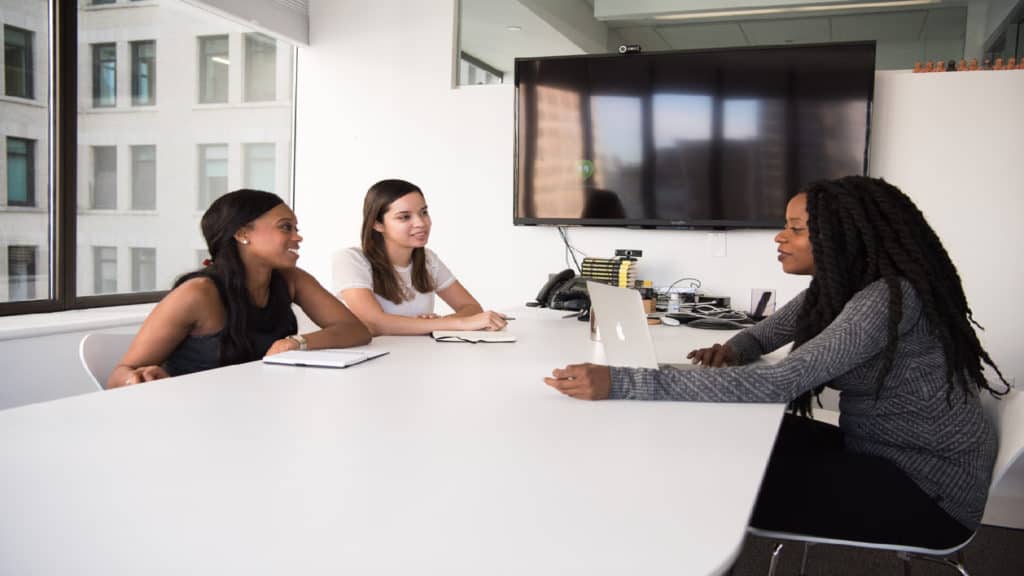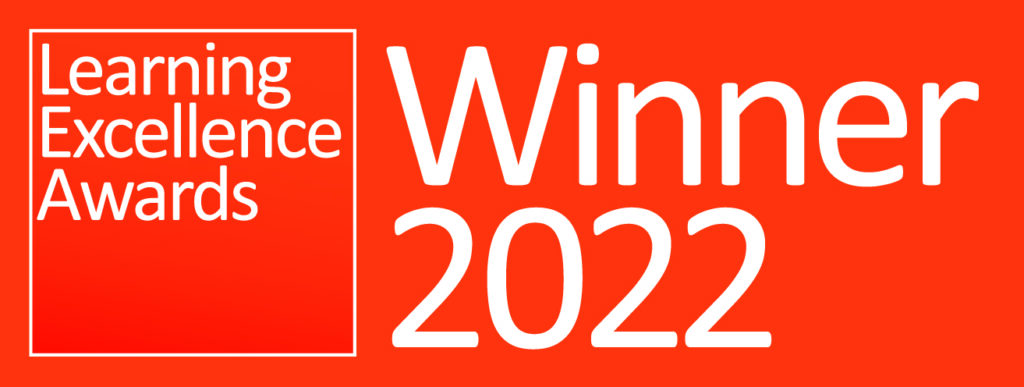
Interviews – a two way decision making process
We often forget that an interview is a two way decision making process. Many interviewing Managers believe it’s their decision alone as to whether a candidate is successful and joins the team.
The reality is that the candidate is effectively interviewing you too – does your business live up to their values – does it feel like a good place to work, are you flexible if that’s important to them? What are the career progression prospects?
If we start all interviews mindful that the candidate is also deciding if your business is right for them, we are beginning the process of a candidate focused interview. Also, it’s worth noting that more and more candidates not only research the company but the person interviewing them!
So be prepared for your social footprint to be explored by people considering joining your business.
64 percent of job seekers say that a poor experience would make them less likely to purchase goods and services from that employer. And while 91 percent of employers agree that candidate experience can impact consumer-purchasing decisions, only 26 percent measure this effect.
There have been some big changes both globally and in the UK over the last 6-10 years.
The world is more international with movement between countries for education and work more common.
Technology means communication is a lot faster than ever before, but also that it is much easier to apply for jobs as it takes one click and someone can apply for a role online from anywhere in the UK or indeed the world.
There is also much more blurring between work and private life as the social networks online may have a range of contacts from family and friends to work colleagues.
The internet has changed from being a search engine to being used for networking and building up personal work contacts and interacting with potential employers and consumer brands. Many recruiters now feel that having a personal brand and personal digital footprint are a must for anyone who wants to progress in their career.
There is also lots of research around about different demographics and the factors that influence their motivation to seek new roles: the Babyboomer generation are loyal to a few employers in their working life and tend not to move on unless they feel they have to; Generation X are more likely to move around more as they seek promotion; Generation Y and Generation Z place importance on ethics, values, work/life balance and will move on frequently, seeking fresh challenges. As such, organisations need to work hard to attract talent across these demographics and create a diverse, multi-generational workforce.
Our Equality & Diversity Podcast is a good listen to support recruitment – the Equality Act of 2010 covers recruitment and often questions asked in interview scenarios breach this law, but without the interviewer in some cases intending to.
One other thing to consider is unconscious bias. There are our feelings or thoughts that amount to prejudice and can unfairly impact a candidate if we make judgements based on our bias rather than the interview itself.
Areas that unconscious bias can play out include:
-
-
Our attention
Which aspects of a person do we pay most attention to
-
-
-
Our listening skills
How much we actually and actively listen to what certain people say – some people have a tendency to shut off from some completely because of past experiences…
-
-
-
Our Perception
How we see people and perceive reality.
-
So let’s think about the interview itself.
WASP
At ted Learning, we use a model called WASP to structure interviews.
Let’s start with the W which is for WELCOME CANDIDATES
We need to create an environment that is welcoming for the candidate. They need to be able to relax and make contact with the interviewer. There needs to be a relationship of trust and comfort with nothing to gain by making the candidate feel uncomfortable and under pressure unnecessarily.
I remember only too well being made to wait for 55 minutes past the start time by an interviewer only to arrive and be sworn at, asked why was I late and they hadn’t read my CV at all – this apparently was part of their approach given the role I was being interviewed for to see how I reacted under pressure – it led to me not wanting to work for them thinking they were a hideous company.
It’s worth making sure the environment for the interview is also considered – has a quiet room been booked free from interruption? I once had an interview in a corridor and in the café of my local BHS (remember them?!)
Think about desk layout and create that positive, relaxing space that will enable the candidate to be as open as possible and for you to see the real them.
Here we can use cliché conversation – journey here, how they found getting here, how they are feeling – all designed to put them at ease but actually good way to being the interview – “the journey was a nightmare” might need exploring in the actual interview for example.
So, we have greeted our candidate.
Now we move onto A in the WASP MODEL – acquire information
We do this by having a structured conversation starting with you as the interviewer having seen the application form or CV and being rehearsed in it. This ensures questions can link back to it and demonstrate knowledge of this person. A competency-based interview using a blend of questioning types – closed questions can be used but limited, the best are open, (we call them ‘ted questions’ talk me through, explain to me and describe to me) future focused questions, hypothetical questions designed to explore how people might approach certain situations and behavioural questions. When at this stage, we need to make sure we are demonstrating excellent listening skills, acknowledging answers and taking comprehensive notes on the responses. Our note-taking podcast is a great way to learn more about this skill.
The S in the WASP model is about supplying information
What type of questions will the candidate ask you? How can you prepare for them? This gives you further insight into the preparation of the candidate and what is important to them – it can show that they are really interested in learning about the organisation. Responding confidently, and if you don’t know the answer promising to get back to them will demonstrate a very positive candidate focused approach.
Finally we reach P – this is the Parting.
Make sure you end the interview on a pleasant and friendly note – thank the candidate for coming and give a time frame in which they can expect to hear the outcome. The candidate needs to leave with a positive memory of the experience and WANT to work for you, regardless of the outcome. Just as social media can be used to research a business there are forums out there with poor candidate experiences in detail and this can cause huge damage to an organisation and its reputation in particular. If they leave feeling good about it, even if they are unsuccessful they should still want to work for you.
Structuring an interview using WASP, remembering it’s a two-way decision making process will ensure you deliver a candidate focused experience.
Interview Skills
Listen on tedCAST
You can listen to a podcast version of this blog by clicking the player below. Or why not visit our podcast page on the HuB where you can subscribe and stay up to date with the latest news in training and development.

